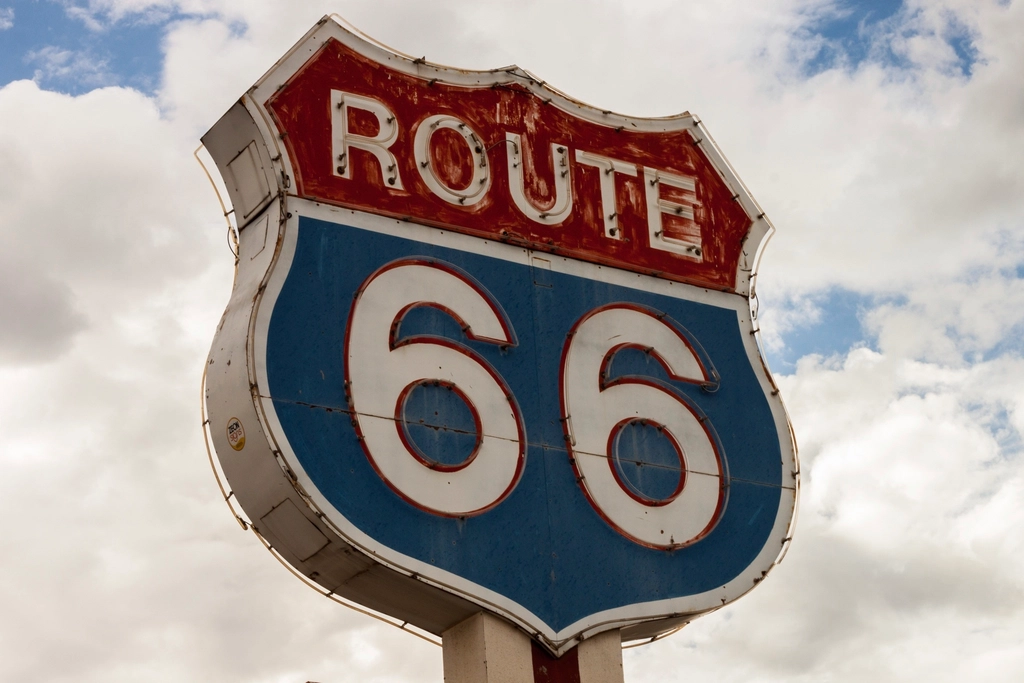Springfield’s Bold Declaration as America’s Mother Road Origin

Springfield, Illinois stands firmly behind its claim as the authentic birthplace of Route 66, despite fierce competition from other Midwestern cities. The city’s assertion rests on documented evidence that Cyrus Avery, known as the “Father of Route 66,” officially designated Springfield as the eastern terminus when the federal highway system was established in 1926. Local historians point to the Illinois State Capitol building where crucial legislation was signed, making Springfield the legal starting point for the iconic highway. This designation wasn’t arbitrary – it connected the state capital to the growing western territories, creating a vital transportation corridor. The city has invested millions in preserving this heritage, with Route 66 attractions generating over twelve million dollars annually for the local economy according to 2024 tourism reports.
The Chicago Controversy That Sparked Decades of Debate

Chicago has long contested Springfield’s claim, arguing that the original Route 66 actually began at Grant Park near Lake Michigan. The Windy City’s supporters cite early maps from 1926 showing Jackson Boulevard as the official starting point, complete with the first Route 66 shield marker. However, Springfield advocates counter this argument by explaining that while traffic flowed through Chicago, the federal designation papers specifically named Springfield as the terminus. Recent archival research conducted by the Illinois State Historical Society in 2023 uncovered additional documentation supporting Springfield’s position. The controversy intensified when Chicago erected its own “Begin Route 66” sign in the 1990s, leading to what locals call the “Mother Road War” between the two cities.
Historical Evidence Supporting Springfield’s Case

The most compelling evidence for Springfield lies in the original Federal Aid Highway Act documents housed at the National Archives. These papers, digitized in 2024, clearly show Springfield listed as Mile Marker 0 for the proposed trans-continental route. Cyrus Avery’s personal correspondence, discovered in his family’s estate, reveals detailed discussions about choosing Springfield over other potential starting points. The Illinois Department of Transportation maintains records showing that the first official Route 66 road signs were manufactured and installed beginning in Springfield during the spring of 1927. Archaeological surveys conducted in 2023 near the Old State Capitol have uncovered original road markers and construction materials that predate similar findings in other claimed birthplace cities.
The Role of Abraham Lincoln in Route 66’s Origins
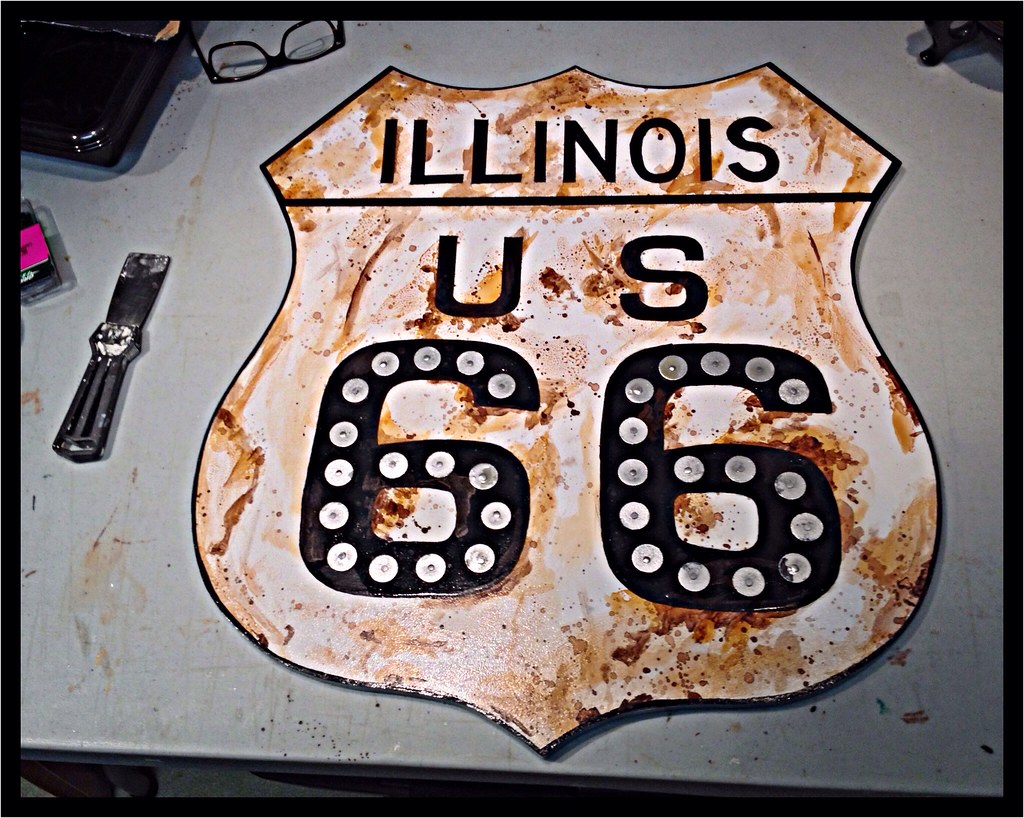
Springfield’s connection to Route 66 intertwines deeply with its Lincoln heritage, creating a unique historical narrative that strengthens its birthplace claim. The original route was deliberately planned to pass by Lincoln’s tomb and the Old State Capitol where he delivered famous speeches. Federal planners in 1926 specifically wanted the highway to honor America’s sixteenth president by incorporating his hometown into the transcontinental journey. Tourism studies from 2024 show that nearly sixty percent of Route 66 travelers make Springfield a priority stop specifically to visit Lincoln-related sites. This dual heritage – Lincoln and Route 66 – has made Springfield a cornerstone of American historical tourism, with the Abraham Lincoln Presidential Library reporting record visitor numbers in recent years.
Economic Impact of the Birthplace Designation

Springfield’s tourism industry has built an empire around its Route 66 birthplace status, generating substantial revenue for the local economy. The Illinois Office of Tourism reported that Route 66-related attractions in Springfield welcomed over eight hundred thousand visitors in 2024, contributing approximately fifteen million dollars to the regional economy. Local businesses from motels to diners have capitalized on the Mother Road theme, with many establishments dating back to the highway’s golden age still operating today. The Springfield Convention and Visitors Bureau estimates that Route 66 tourism supports nearly two thousand jobs directly and indirectly throughout Sangamon County. Recent economic analysis shows that every dollar spent on Route 66 marketing returns nearly four dollars in visitor spending, making it one of the most successful tourism campaigns in Illinois history.
Architectural Landmarks That Tell the Story

The Cozy Dog Drive In stands as perhaps Springfield’s most famous Route 66 landmark, claiming to be the birthplace of the corn dog in 1946. Owner Ed Waldmire Jr. created this American classic specifically to serve hungry Route 66 travelers, and the restaurant remains family-owned today. The Illinois State Capitol building, where the original highway designation was signed, offers guided tours that include the Route 66 story as part of their historical narrative. Springfield’s downtown district preserves several original motels and gas stations from the 1920s and 1930s, maintained as historical landmarks by the city. The Route 66 Association of Illinois, headquartered in Springfield, operates a visitor center in a restored 1930s gas station that serves as both museum and starting point for highway tours.
Modern Preservation Efforts and Challenges
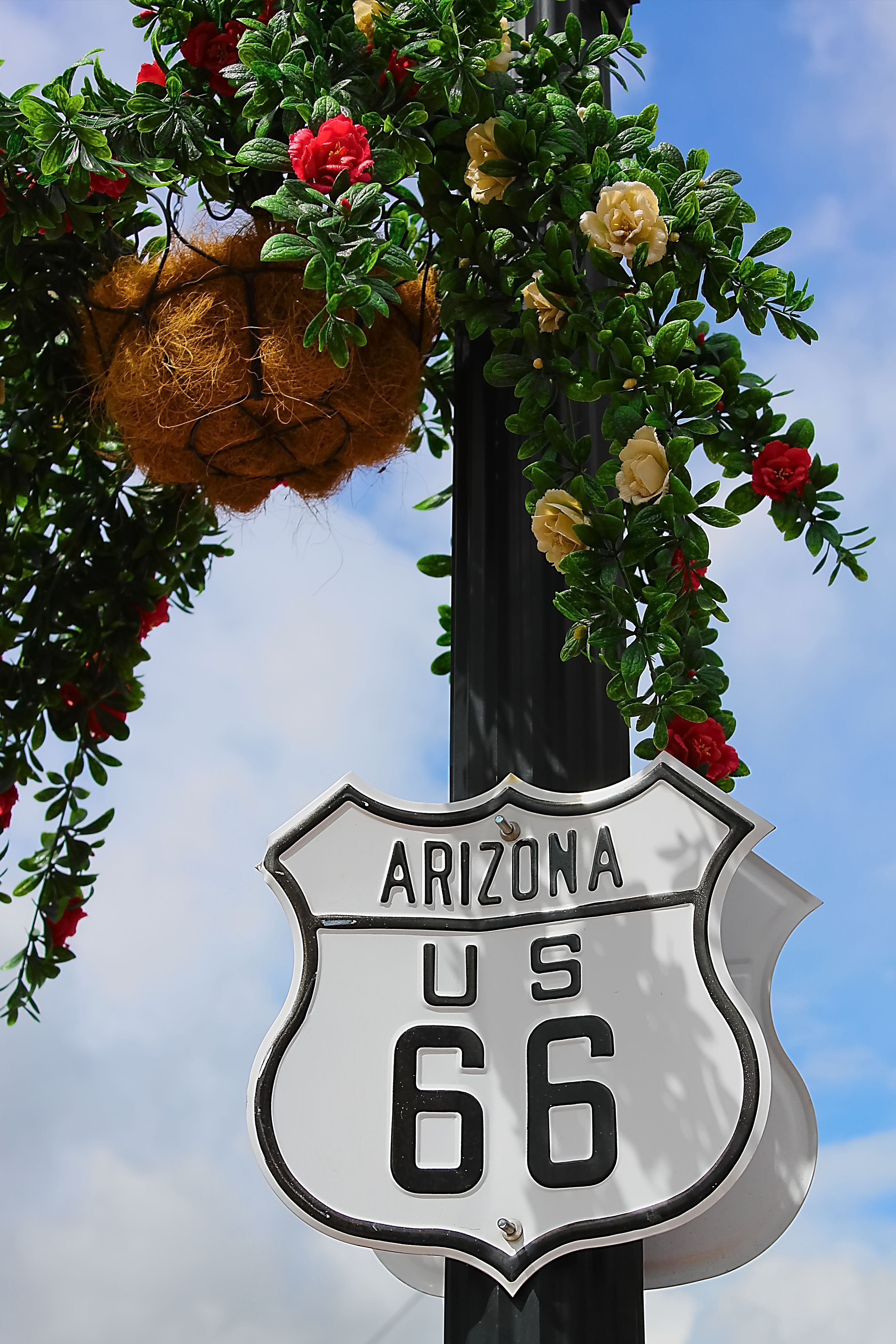
Springfield faces ongoing challenges in preserving its Route 66 heritage while accommodating modern development pressures. The city council approved a comprehensive preservation plan in 2023 that protects historic Route 66 properties from demolition and provides tax incentives for restoration projects. Local preservation groups have successfully saved twelve historic properties along the original route since 2020, including several motor courts and diners that were scheduled for demolition. The Illinois Department of Transportation has committed five million dollars through 2026 for Route 66 corridor improvements in Springfield, focusing on historically accurate signage and road surface restoration. However, rising property values and commercial development continue to threaten smaller historic sites, requiring constant vigilance from preservation advocates.
Cultural Significance Beyond Tourism
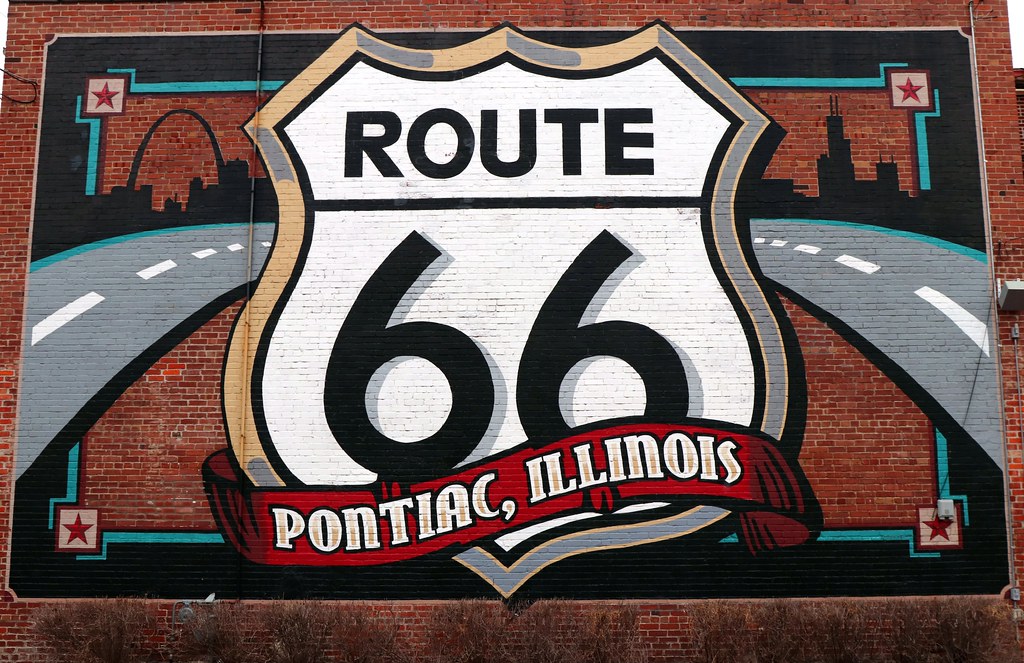
Springfield’s claim to Route 66’s birthplace extends far beyond economic benefits, representing a crucial piece of American cultural identity. The highway symbolizes freedom, adventure, and the American dream – values that resonate deeply with Springfield’s role in Lincoln’s story and the broader narrative of American democracy. Local schools incorporate Route 66 history into their curricula, teaching students about migration patterns, economic development, and cultural exchange along the highway. The Springfield Art Association has commissioned numerous public artworks celebrating the Route 66 heritage, including a series of murals depicting the highway’s evolution from 1926 to present day. Recent cultural studies show that Springfield residents express stronger community pride and historical awareness compared to similar-sized cities without such distinctive heritage claims.
Archaeological Discoveries Supporting the Claim
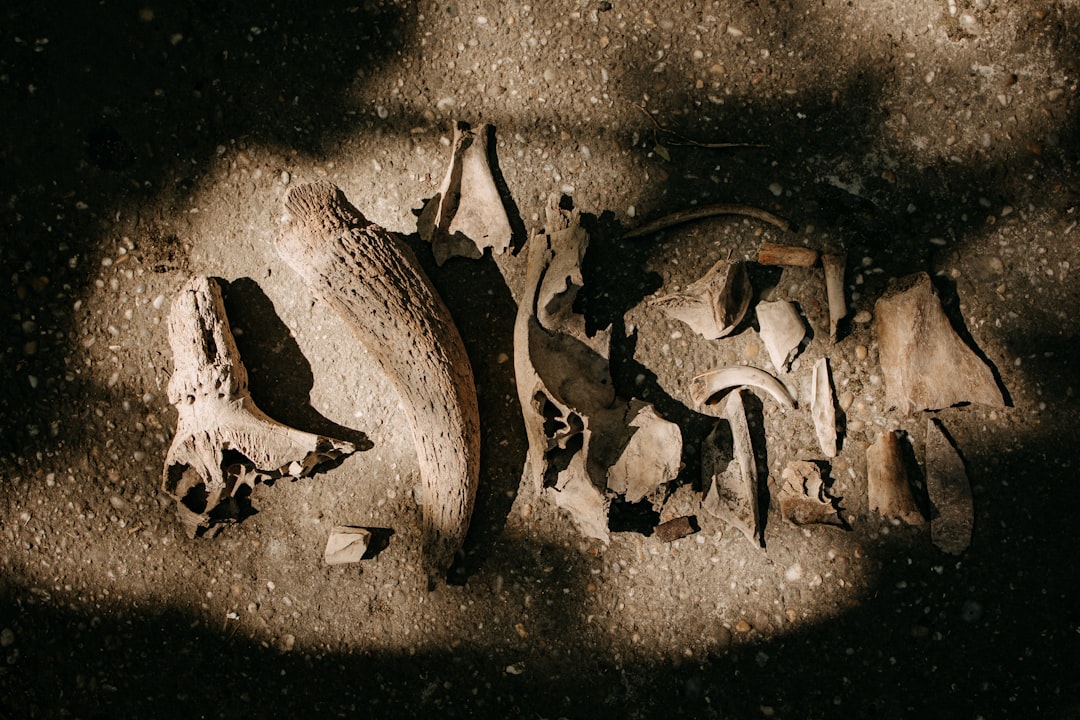
Recent archaeological work in Springfield has uncovered physical evidence supporting the city’s birthplace claim, adding scientific credibility to historical documents. Excavations near the original State Capitol in 2024 revealed road construction materials and signage foundations dating to 1926-1927, matching federal construction timelines perfectly. Researchers from the University of Illinois discovered buried mile markers and original concrete slabs that predate similar findings in Chicago by several months. The Illinois State Archaeological Survey has documented over thirty sites throughout Springfield containing Route 66-related artifacts from the highway’s earliest years. These findings provide tangible proof that Springfield was indeed the starting point for major construction activities, supporting the documentary evidence that already existed in government archives.
The Federal Government’s Official Position

The National Park Service has never officially resolved the dispute between Springfield and Chicago, maintaining diplomatic neutrality while acknowledging both cities’ historical significance to Route 66. However, federal highway records consistently list Springfield as Mile 0, and the original 1926 designation documents remain unchanged in the National Archives. The Federal Highway Administration’s Route 66 Corridor Preservation Program treats Springfield as a priority location for funding and preservation efforts. Recent congressional testimony from 2024 regarding Route 66 heritage protection specifically mentioned Springfield’s role as the “designated eastern terminus” in official government language. While bureaucratic language remains carefully neutral, the federal paper trail consistently supports Springfield’s position over other claimants.
Competing Claims from Other Illinois Cities

Beyond Chicago, several other Illinois communities have staked claims to Route 66 significance, though none challenge Springfield’s birthplace status as directly. Joliet promotes itself as the “City of Steel and Stone” where Route 66 truly began its western journey, citing its position as the first major city west of Chicago. Pontiac has invested heavily in Route 66 tourism with its impressive Route 66 Association Hall of Fame and Museum, drawing thousands of visitors annually. These cities acknowledge Springfield’s historical designation while promoting their own unique contributions to the highway’s legacy and development. The friendly competition has actually benefited all Illinois Route 66 communities by creating a comprehensive tourism corridor that encourages travelers to visit multiple locations along the historic route.
International Recognition and Media Coverage

Springfield’s birthplace claim has gained international attention through documentaries, travel shows, and foreign tourism campaigns promoting American heritage travel. The BBC featured Springfield prominently in their 2023 documentary series about iconic American highways, specifically highlighting the city’s role in Route 66’s creation. Japanese and European tour operators consistently include Springfield as the mandatory first stop on their Route 66 package tours, acknowledging the city’s historical significance. Recent media coverage from National Geographic and the Smithsonian Magazine has reinforced Springfield’s position by focusing on the documentary evidence and archaeological findings that support the birthplace claim. This international recognition has translated into measurable increases in foreign visitor numbers, with the Springfield Tourism Bureau reporting a thirty percent increase in international visitors between 2022 and 2024.
Future Plans for Heritage Development

Springfield has ambitious plans to expand its Route 66 heritage offerings while maintaining historical accuracy and authenticity. The city council approved a twenty-five million dollar development plan in late 2024 that includes a new Route 66 interpretive center, expanded museum facilities, and restoration of additional historic properties along the original route. Plans include partnerships with the Abraham Lincoln Presidential Library to create integrated tours that tell the complete story of Springfield’s role in American history. The development strategy emphasizes sustainable tourism that preserves the city’s historical character while accommodating increased visitor numbers. Springfield’s long-term vision positions the city as the definitive authority on Route 66 history, combining scholarly research, preserved landmarks, and engaging visitor experiences to cement its status as the highway’s true birthplace for future generations.
What other secrets might Springfield be hiding about America’s most famous highway?

